How to Increase the Harvest of Strawberries
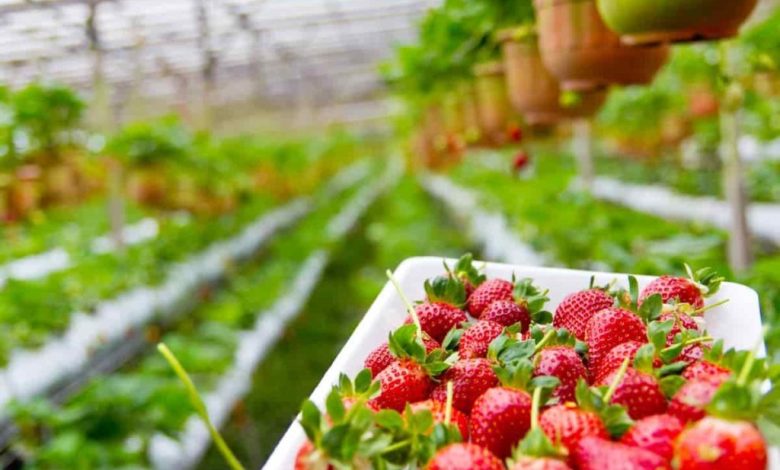
Growing strawberries isn’t difficult, but it can be a messy business, requiring redoing or renewing the planting bed each year and constant scrutiny of runners. Or you can take a more relaxed approach.
It’s not as easy as planting a plant in the ground and hoping for the best, but if you follow these tips, you should be able to enjoy juicy fruit in a few months.
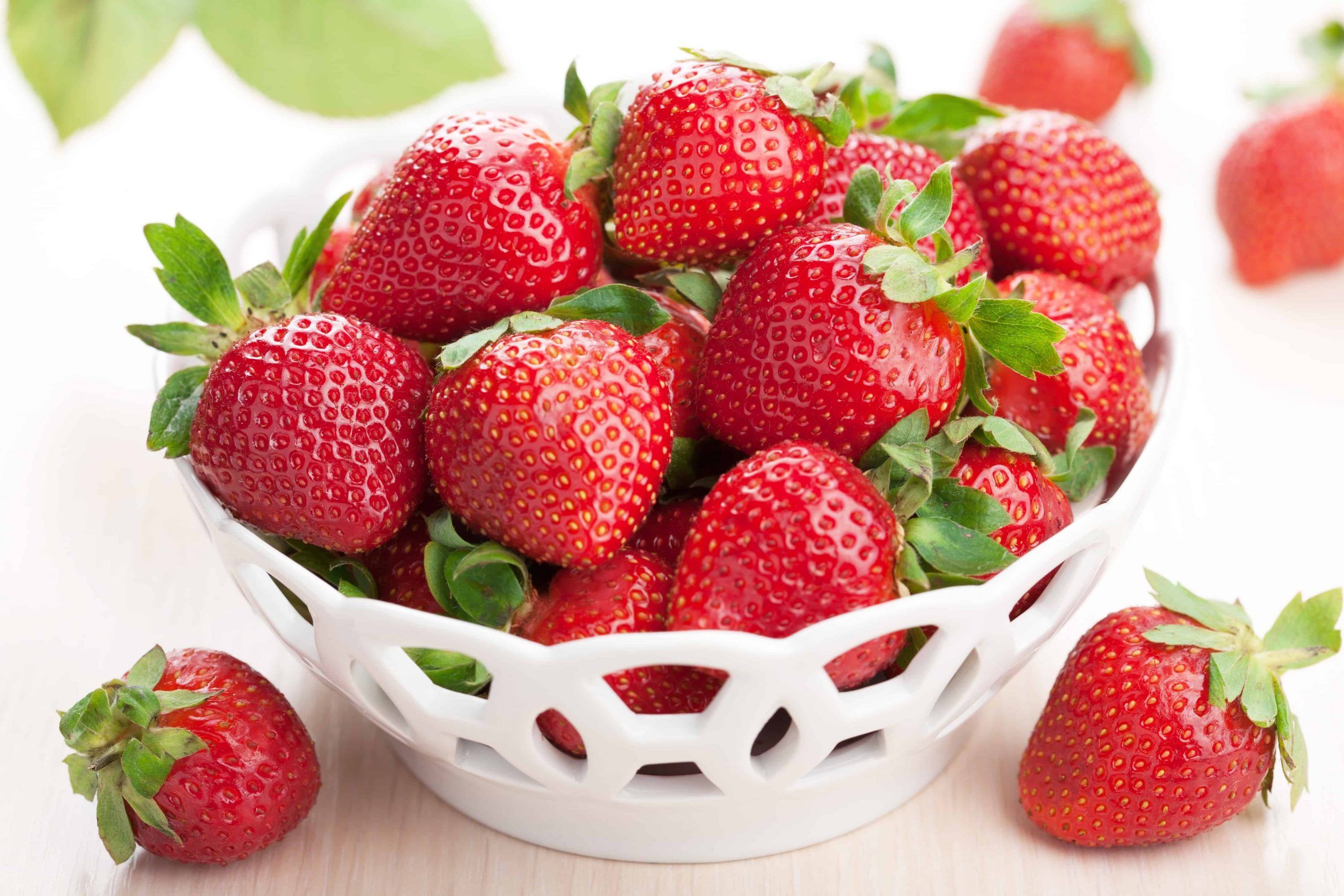
Prepare the ground properly
As with any perennial crop, starting in a weed -free spot will save you a lot of time and effort down the road. Perennial vegetables will grow in the same spot for many years, and you only get one chance to get them off to a good start.
Once the weeds are gone, spread a 5-7cm layer of compost on the bed. You can work it into the topsoil, but it’s not necessary. Some of the compost will be incorporated when you plant, and some will be moved by earthworms.
Strawberries have shallow roots and need their nutrients near the surface.

How to Create a Good Environment for Growing Strawberries
Once the plants are in the ground, it is important to create an environment that is most conducive to growing strawberries. Mulching is a time-honored method of keeping growing strawberries happy.
After planting your strawberries, cover the strawberry bed with shredded leaves, pine needles, compost, or straw. Pine needles are a good choice as they slightly increase the acidity of the soil by breaking down.
Mulching also keeps soil temperatures down, mitigates weed problems, and keeps fruit cleaner by keeping strawberries off the ground. Most strawberry varieties produce better when their roots are in cooler soil.

Choose the right variety
There are 4 basic types of strawberries. The June strawberries, the neutral day strawberries, the usual ones and the tiny, but delicious, alpine strawberries. If you want to preserve strawberries, June-sized strawberries produce the largest harvest at one time.
If you want to enjoy your strawberries for longer than in June, choose day-neutral or perennial ones. Day-bearing berries produce a small crop throughout the season.
Everbearings are not perennials; They produce 2-3 crops per season, yielding somewhat less than what you would get from June strawberries.
Ideally, plant some of the June-bearing ones and the day-neutral ones, and you’ll have the best of both worlds.
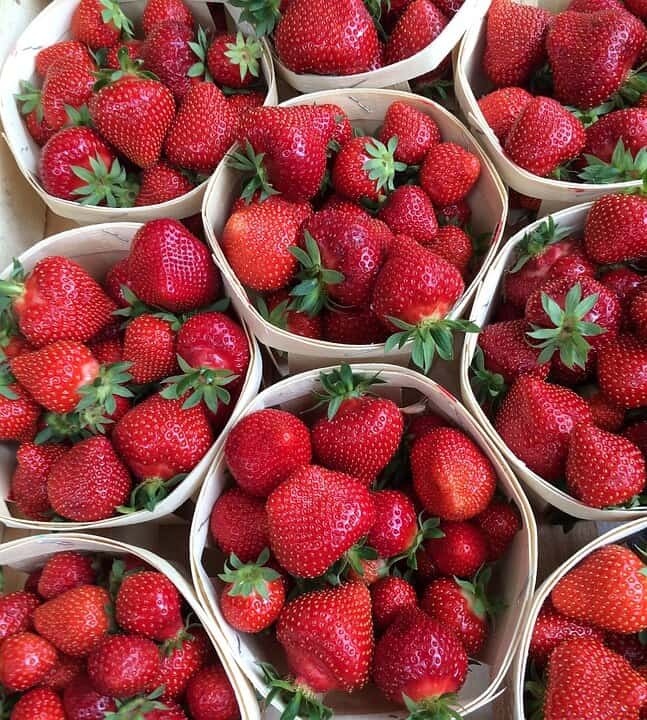
Look for disease-resistant varieties
Strawberries are susceptible to a handful of fungal diseases, including verticillium wilt , botrytis (fruit rot), and red wake (root rot):
Ask the extension of your local cooperative or a good nursery which are, in your case, the most frequent in your area and choose resistant strawberry varieties. It is not a guarantee that your plants will not be affected, but it will give your strawberry bed more possibilities than without the resistance.
If you find out that your area is prone to a particular disease, be sure to rotate where you plant your strawberries when starting a new bed. Avoid replanting in the same spot, or the spores will accumulate in the soil.
If verticillium wilt is a problem, do not plant your strawberries where tomatoes, potatoes, peppers or eggplants have grown, as these plants also suffer from the same disease.
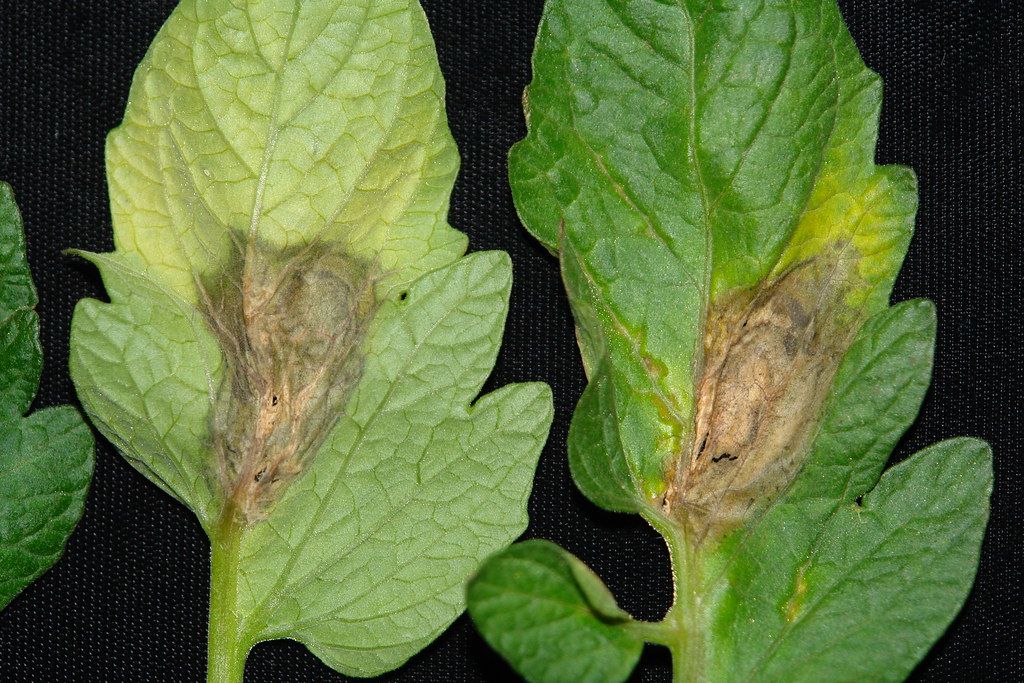
Plant at the right depth
Most strawberry plants are sold in crown form; a set of roots attached to a central growing tip. You can find potted strawberry plants, but they will be much more expensive than crowns, and you won’t save time planting them.
It is essential that the crown is planted slightly above the soil line. For each plant, dig a hole 5-10cm deep and wide enough for the roots to spread out in a circle.
Next, mound the soil in the center of the hole so that the crown is just above ground level. Fill the hole and water it well. The earth tends to sink when it settles, so check that the crown is still above the level of the soil surface.
If not, make adjustments and plant the rest of the plants a bit taller.
Mulch is a big plus when it comes to growing strawberries, and straw is the obvious choice.

A thick layer of soft mulch does more than just inhibit weeds and conserve water. It also keeps the roots cool, something strawberries like, and it keeps the fruit off the ground, where it can have all sorts of problems with bugs and pathogens.
If you don’t like the look of straw, consider grass clippings, shredded leaves, or pine needles.
you must be patient
Unless you grow your strawberries as annuals, you will have to have some patience and delay harvesting for up to a year. To give the plants time to establish, you will need to remove any flowers that set, for 4-6 weeks.
Flowers and fruit take a lot of plant energy, and removing them will put that energy and all of the plant’s resources into creating a strong root system, healthy plants, and plenty of runners.
Daytime and perennial types will continue to flower, and after that 4-6 week period, you can let them fruit. Unfortunately, the plants that bear fruit in June will no longer flower, and you will have to wait until next year.

Watch out for snails and slugs
We are not the only animals that like strawberries. There are many pests to watch out for, and two of the biggest are snails and slugs. Your straw mulch should help.
They don’t like to crawl through it. Still, he watches for signs of his bite and acts quickly.
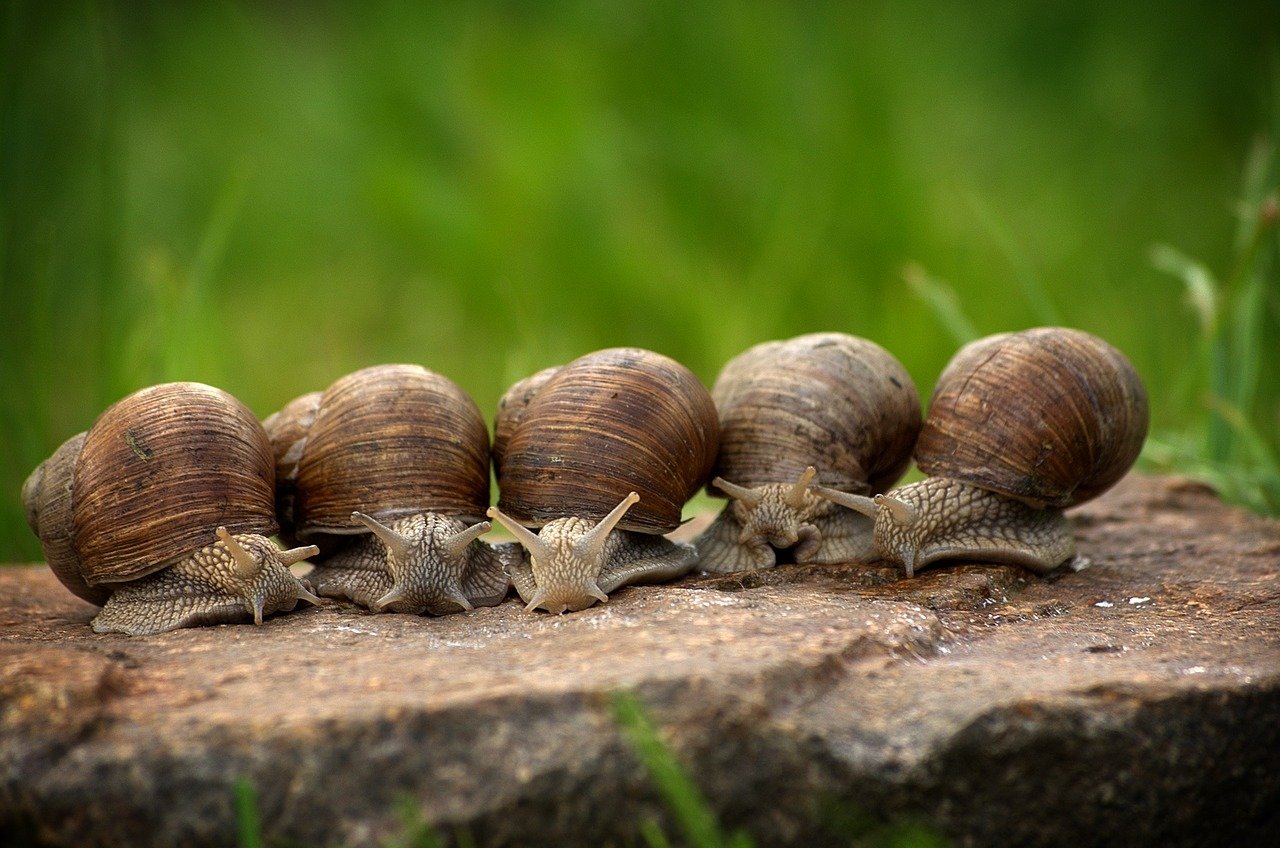
scare away the birds
It’s hard to believe that anything could be more of a pest than snails and slugs, but birds just might outsmart them. They can clean a bed in no time. The best way to avoid this is to put a cover over the entire flower bed.
You can use bird netting or row covers.
Just make sure you don’t put it in while the plants are in bloom or they won’t be pollinated. Wait until you see the fruits begin to form.
- Maybe you are interested: The best scarecrows for your garden.
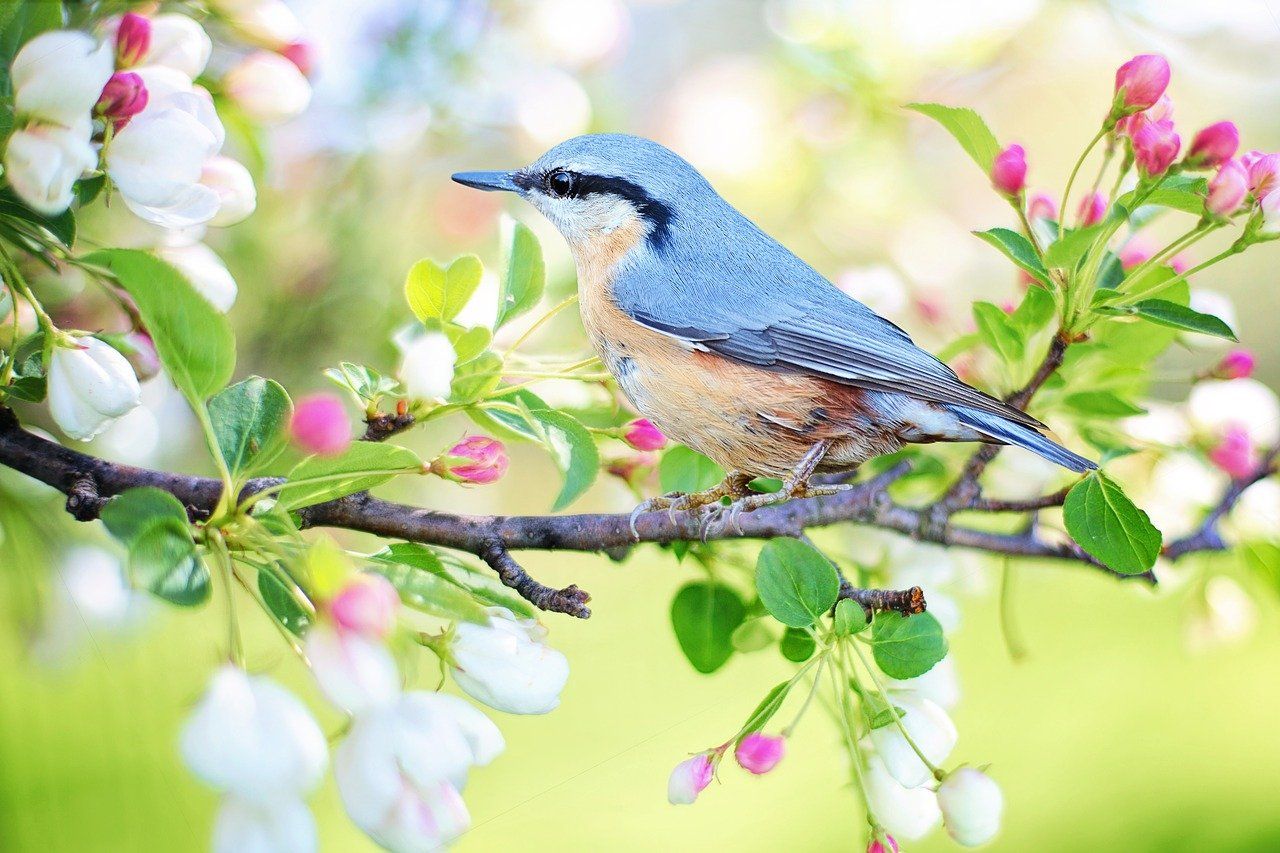
water sparingly
Strawberries need about an inch of water each week.
The two most important times to keep them watered regularly are planting time and when the fruits are filling out. At the time of planting, the roots have not yet developed many tiny, fibrous lateral roots that absorb water and nutrients, and can become stressed if allowed to dry out for any length of time.

And since strawberry fruits are full of water, they will need a constant supply for as long as the fruits are forming.
Don’t let your strawberries sit in wet soil, though, or they’ll develop root rot and decay quickly.
Fertilizing strawberry plants
Fertilizing helps growing strawberry plants reach their full potential. It can be beneficial to fertilize several times in the life of a strawberry bed.
First of all, add a balanced fertilizer (10-10-10) just before planting your strawberry plants. Add one to two pounds of fertilizer for every square foot. This helps increase nitrogen levels in the soil.
Second, during the first year of the strawberry orchard, another round can be applied after the strawberries have been planted for about four to six weeks, and again in August, depending on plant growth.

Thirdly, daytime and evergreen strawberries can be fertilized after the first harvest. June strawberries must be fertilized during the renovation. This is done to keep the plants vigorous.
Be sure to water the compost well so that it penetrates to the roots of the growing strawberries.
You should not fertilize your strawberry plants in the spring of a fruiting year. Too much nitrogen will make strawberries mushy and easily damaged. You can fertilize after the initial harvest for daytime and evergreen strawberries, and you should also fertilize immediately after renewal once the plants are completely dry.
Applying compost to wet strawberry plants can cause phytotoxicity, and there should be no compost particles lodged in the plants. After application, sweep plants with a broom or other suitable tool to dislodge any stuck-on fertilizer.

Care must be taken when fertilizing growing strawberries.
If you apply too much compost, you will get excessive leaf growth and poor flower stem production. If you plant strawberries in colder climates, last minute fertilization can cause new growth to be damaged by cold weather frosts.
In fact, I’ve grown strawberries without any fertilizer in suboptimal soils and still had a reasonable harvest, so it’s better to fertilize too little than too much until you get the hang of it.
If you prefer to grow organic strawberries, you can use blood meal to increase nitrogen and bone meal to increase phosphates. The cultivation of organic strawberries with these organic fertilizers requires their application approximately once a month, from June to September.

practice makes perfect
These tips will become second nature to you as you become a veteran of strawberry farming. But if you want an even easier method, you can plant them in pots and grow them as annuals.
You probably won’t get as many fruits, but you will have them on hand.

![Photo of Cuttings of Begonia Semperflorens: [Concept, Period, Rooting and Planting]](https://www.complete-gardening.com/wp-content/uploads/2022/08/cuttings-of-begonia-semperflorens-concept-period-rooting-and-planting-390x220.jpg)
![Photo of Anthracnose: [Identify, Treat and Prevent this Fungus]](https://www.complete-gardening.com/wp-content/uploads/2022/08/anthracnose-identify-treat-and-prevent-this-fungus-390x220.jpg)
![Photo of Cabbage Baris (Baris spp): [Characteristics, Detection, Effects and Treatment]](https://www.complete-gardening.com/wp-content/uploads/2022/08/cabbage-baris-baris-spp-characteristics-detection-effects-and-treatment-390x220.jpg)
![Photo of Temperate Climate: [Characteristics, Flora, Fauna and Adaptability]](https://www.complete-gardening.com/wp-content/uploads/2022/08/temperate-climate-characteristics-flora-fauna-and-adaptability-390x220.jpg)